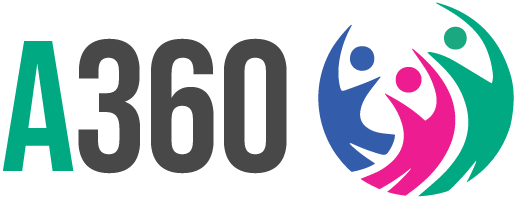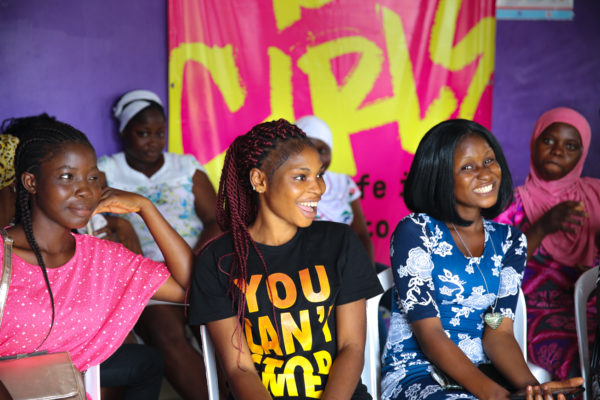Did you know?
The height of cognitive & hormonal development occurs between ages 8-15, when social and gender norms also begin to shape girls’ lives and perceptions of their place in the world.*
We are missing the mark.
Too many adolescent sexual and reproductive health (ASRHR) programs, including A360, focus on girls 15+.
But at 15, most have already:
• Entered or are on the cusp of sexual debut
• Experienced negative social, gender and cultural norms and internalized roles inhibiting their potential
• Accepted motherhood —and fertility— as their only aspiration for life
• Begun abandoning other life goals
*Ingras et al. “Investing in very young adolescents’ sexual and reproductive health.” Global Public Health. 2014
Growing global evidence points to the importance of reaching girls earlier, and with a focus on her aspirations.*
Girls with fewer life aspirations have increased risk for early childbearing and early marriage.**
*Favara, M., P. Lavado, and A. Sanchez, Understanding Teenage Fertility, Cohabitation, and Marriage: The Case of Peru, in Discussion Paper. 2016, Institute for the Study of Labor: Bonn.
**Idem.
If we can reach the world’s population of 10-14 year olds today with quality and resonant ASRHR services, we have the potential to avert some 3 million* adolescent pregnancies and keep some 62 million** young people in school.
Through programs like A360, PSI has learned that we can deliver impact at scale when we lead by centering programming around girls’ self-defined dreams.
By doing so, girls can better connect how contraception can support them to achieve their life dreams, and therfore reduces her risk for early childbearing and adverse health outcomes.
*www.unfpa.org/sites/default/files/pub-pdf/ADOLESCENT%20PREGNANCY _UNFPA.pdf
**UNFPA – Loaiza, E., Liang, M. “Adolescent Pregnancy: A Review of the Evidence.” UNFPA. 2013.
Keep exploring
Young people are not a monolithic whole. And as we’ve learned, age alone does not define the type of services, nor the type of priorities young people say they want and need.
We’ve found that segmentation studies can support efforts to target the right narratives to the right audiences. Curious how we did it in Tanzania? You can explore here.
Looking for more?
We, in partnership with Save the Chilren and FP2020, have also explored what it takes to frame evidence-based ASHRH programming around aspirations – and the core areas public health programmers like yourself can apply, too. Take a listen, here.






